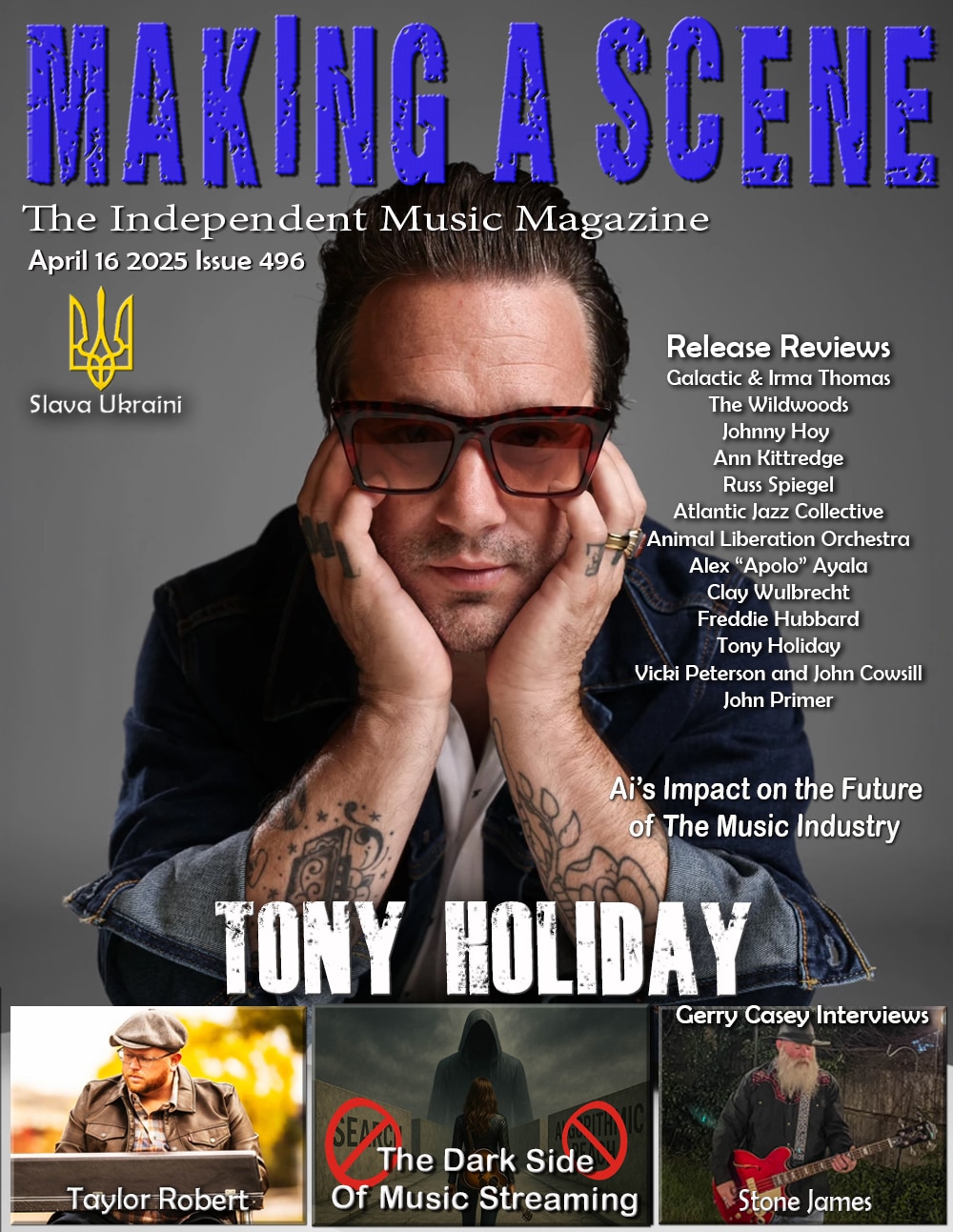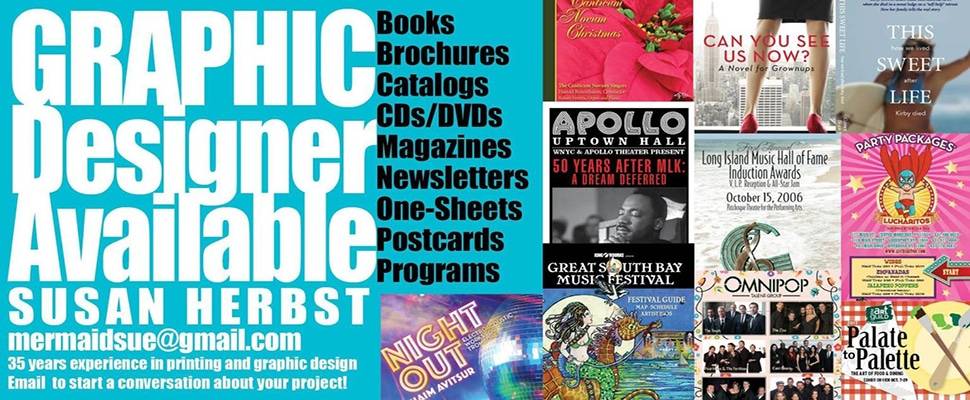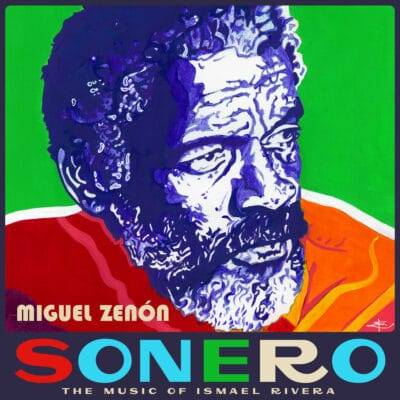Miguel Zenón Sonero: The Music of Ismael Rivera
Miguel Zenón
Sonero: The Music of Ismael Rivera
Miel Music
Okay, those in the know might be questioning why we are reviewing an album that came out last August. There are several reasons: 1) Miguel Zenón’s Sonero: The Music of Ismael Rivera received a 2020 Grammy nomination, 2) Zenon was just this week awarded Best Alto Saxophonist by the Jazz Journalists Association (JJA) in their 25th Annual Awards, 3) Zenón was voted Best Arranger by the JJA as well, and 4) the album is now available on vinyl.
Now that we answered that question you may be wondering who is Ismael Rivera? Ismael Rivera’s musical background was in folkloric Afro-Rican music. He grew up together with future bandleader Rafael Cortijo, and became the lead vocalist of Cortijo y Su Combo, with whom he became a household name appearing regularly on the Puerto Rican daily TV El Show del Mediodía in the 1950s. Tutored in the repertoires of bomba and plena by the patriarch Don Rafael Cepeda, the two men stand at the head of a movement that turned those rhythms into contemporary dance-band music, which at the time was mostly in the Cuban style, a precursor to salsa.
With the benefit of hindsight, many are saying that this might be multiple Grammy nominee Miguel Zenón’s strongest album yet. For his twelfth album as a leader, Zenón and his quartet (pianist Luis Perdomo, bassist Hans Glawishnig, and drummer Henry Cole) offer a tribute to a musician who influenced him from childhood. Familiarly known as Maelo, he’s a popular hero in Puerto Rico today, even more than 30 years after his death. “When people talk about him, they talk about him as you would about a legendary figure,” says Zenón. Rivera had a distinctly Puerto Rican style of sonero, or improvisation. The word comes from son, the Cuban style of music that is the mother form of salsa. The album’s title, Sonero, means the lead singer who improvises melodies and lyrics over the repeating coro. It’s one of the highest forms of artistic performance, calling on the performer to display musical and textual erudition while making people dance. Rivera was known to his fans as El Sonero Mayor – the greatest sonero. But, says Zenón, “Sonero to me doesn’t only mean an improviser. It exemplifies a persona. It’s someone who embodies the genre. I grew up in salsa circles as a kid and when folks talked about all the great singers – Héctor Lavoe and Cheo Feliciano, Marvin Santiago, Chamaco Ramírez, people like that – they always talked about Maelo in a different way. Rubén Blades talks about Maelo as a revolutionary rhythmic genius.”
Zenón described Rivera’s singing style as derived from a percussion background, lending it to rhythmic complexity. Zenón says. “He was just thinking about the way he felt it. But what he felt was so advanced and so ahead of his time that it was really transcendent. So, a lot of the elements that I used to write these charts were things that were inspired by what he was doing rhythmically when he improvised.”
The Miguel Zenón Quartet has remained with the same membership for fifteen years – an astounding stability in the world of jazz. The group’s unity was on display when they premiered the music from Sonero in a stunning residency at the Village Vanguard in March 2019. “Luis and Hans and Henry – we all have a specific connection to this music,” Zenón said. “There’s a connection to it that goes beyond the page. It’s a personal thing. Like Luis for example, he’s a salsa head even more than I am. He grew up with this music. When we play the arrangements, I’m sure he feels what I feel. He hears those songs and he knows where the source is coming from.” When Zenón describes his/their music as personal, it’s a way of saying that it’s a unique blend of highly improvisational jazz idioms and Puerto Rican heritage. While Zenón is an astute composer and arranger, these are arrangements of other composers’ tunes but feel like his own.
Some of the selections are key tunes from Rivera’s repertoire: “Quítate de la Vía, Perico,” Rivera’s early hit with Cortijo, begins with an accelerating train rhythm; the upbeat feel of Bobby Capó’s “El Negro Bembón,” belies its lyric about the tragedy of a Black man murdered for having big lips; Catalino “Tite” Curet Alonso’s Black-is-beautiful anthem “Las Caras Lindas,” – one of Maelo’s signature tunes, covered by many artists; and “El Nazareno,” about his religious experience in the procession of the Black Christ in Portobelo, Panamá, where he was a regular pilgrim.
Others are less obvious choices – “Las Tumbas” (The Tombs), for example, with its lyrics about Rivera’s experience in prison; “Colobó,” about the pleasures of living in Loiza Aldea, Puerto Rico’s legendary Black town outside of San Juan where bomba thrives today; and “La Gata Montesa,” a bittersweet bolero-chá about a woman who’s a mountain lion and a “vampiress.” Throughout, unheard but not unacknowledged, the lyrics float in the heads of the musicians as they channel the spirit of Ismael Rivera into their own instrumental excursions.
In the ‘70s and ‘80s it was the Puerto Rican saxophonist Paquito D’Rivera that drew much acclaim. It’s fair to say that mantle has been passed to Miguel Zenón, a multiple Grammy® nominee and Guggenheim and MacArthur Fellow. Widely considered one of the most groundbreaking and influential saxophonists of his generation, Zenón has also developed a unique voice as a composer and as a conceptualist, concentrating his efforts on perfecting a fine mix between Latin American folkloric music and jazz. Born and raised in San Juan, Puerto Rico, Zenón has recorded and toured with a wide variety of musicians including Charlie Haden, Fred Hersch, Kenny Werner, Bobby Hutcherson, and Steve Coleman and is a founding member of the SFJAZZ Collective.
Seek out this album and the explore Zenón’s catalog for highly rewarding music.
- Jim Hynes
Discover more from Making A Scene!
Subscribe to get the latest posts sent to your email.














































